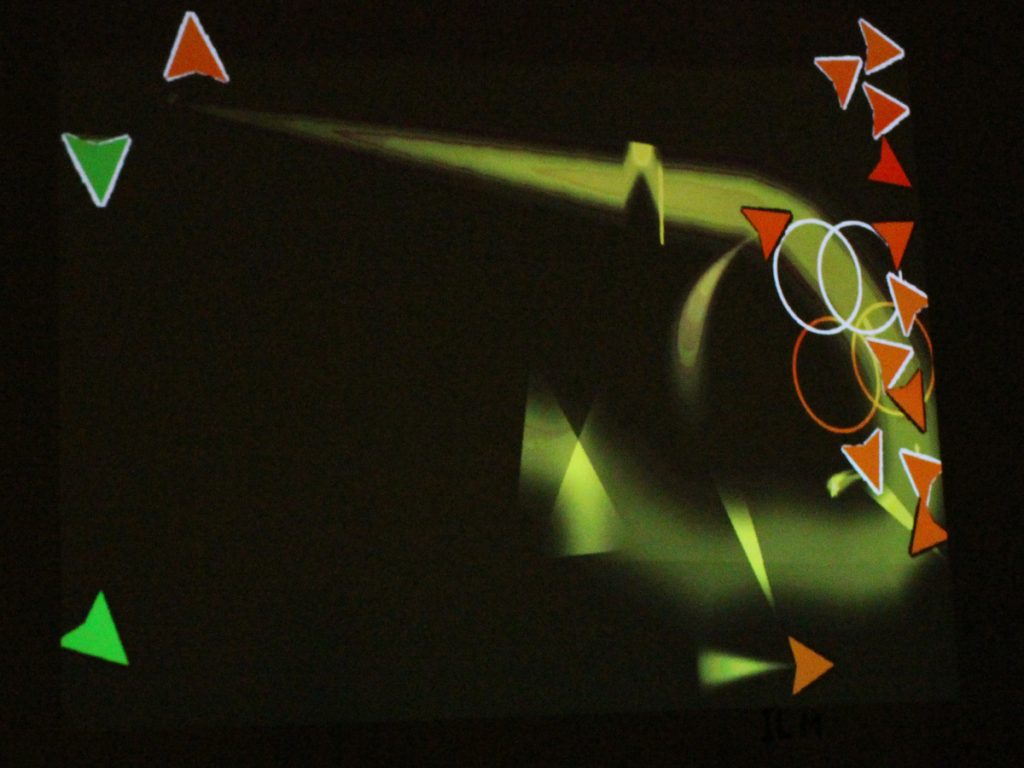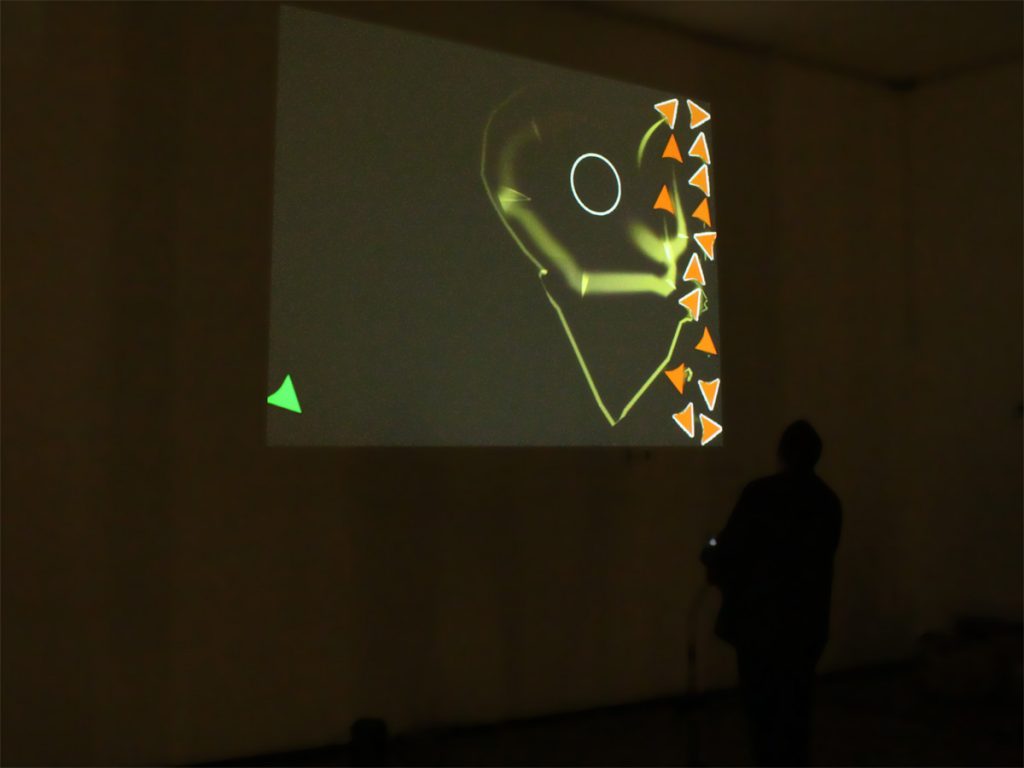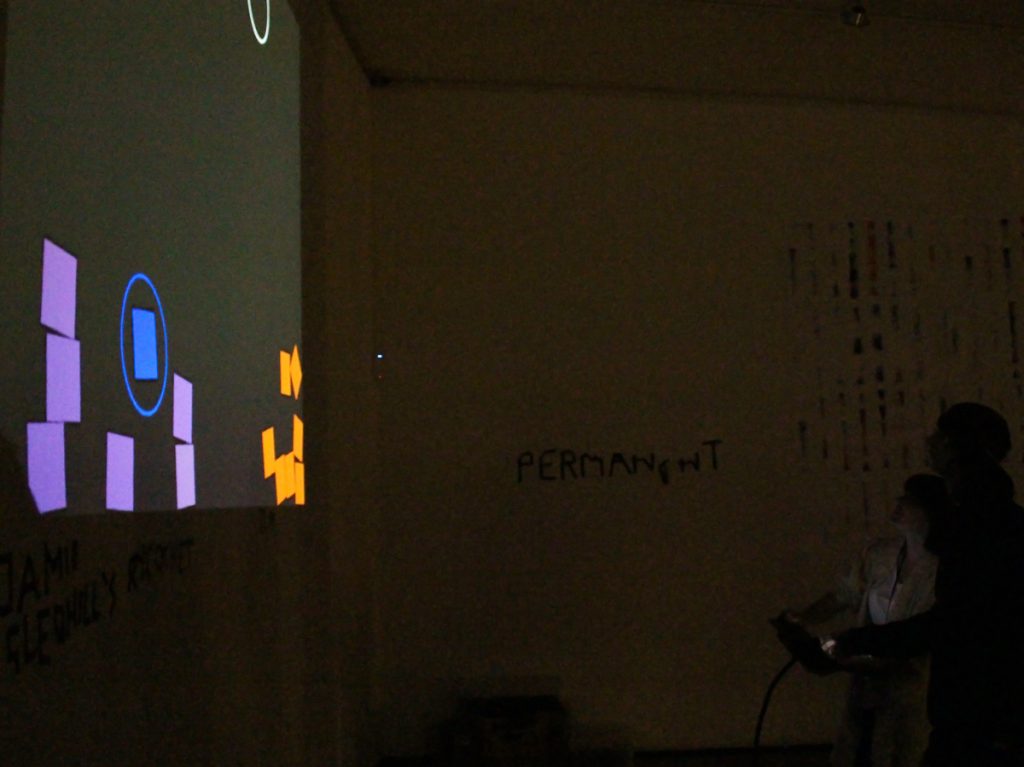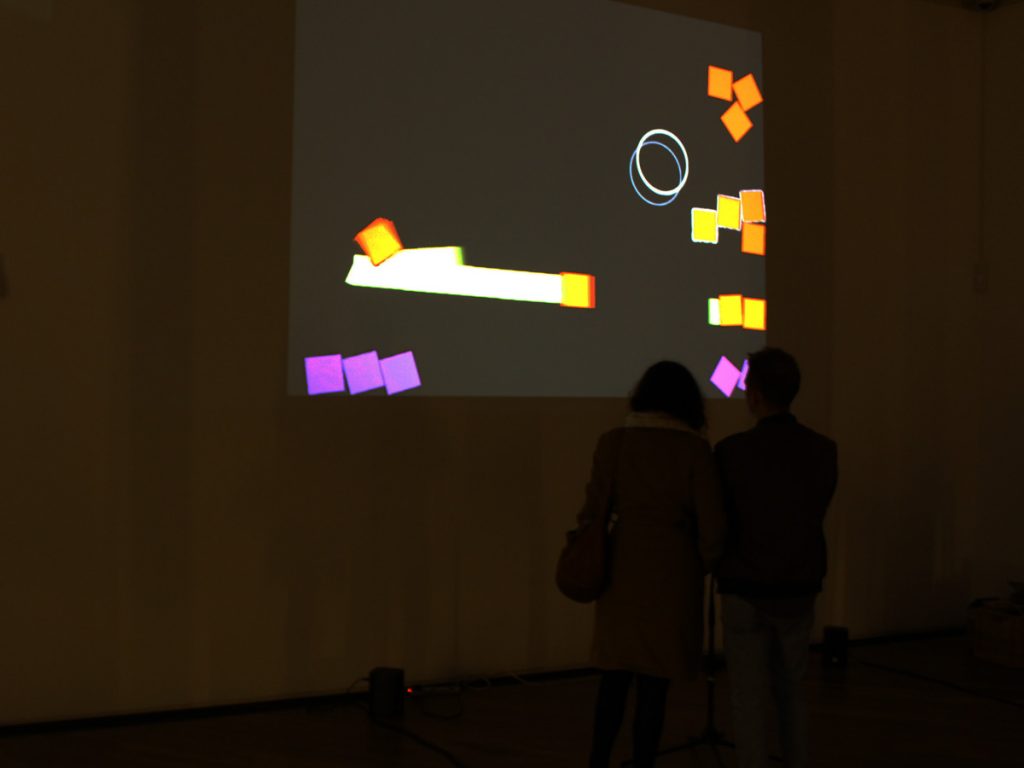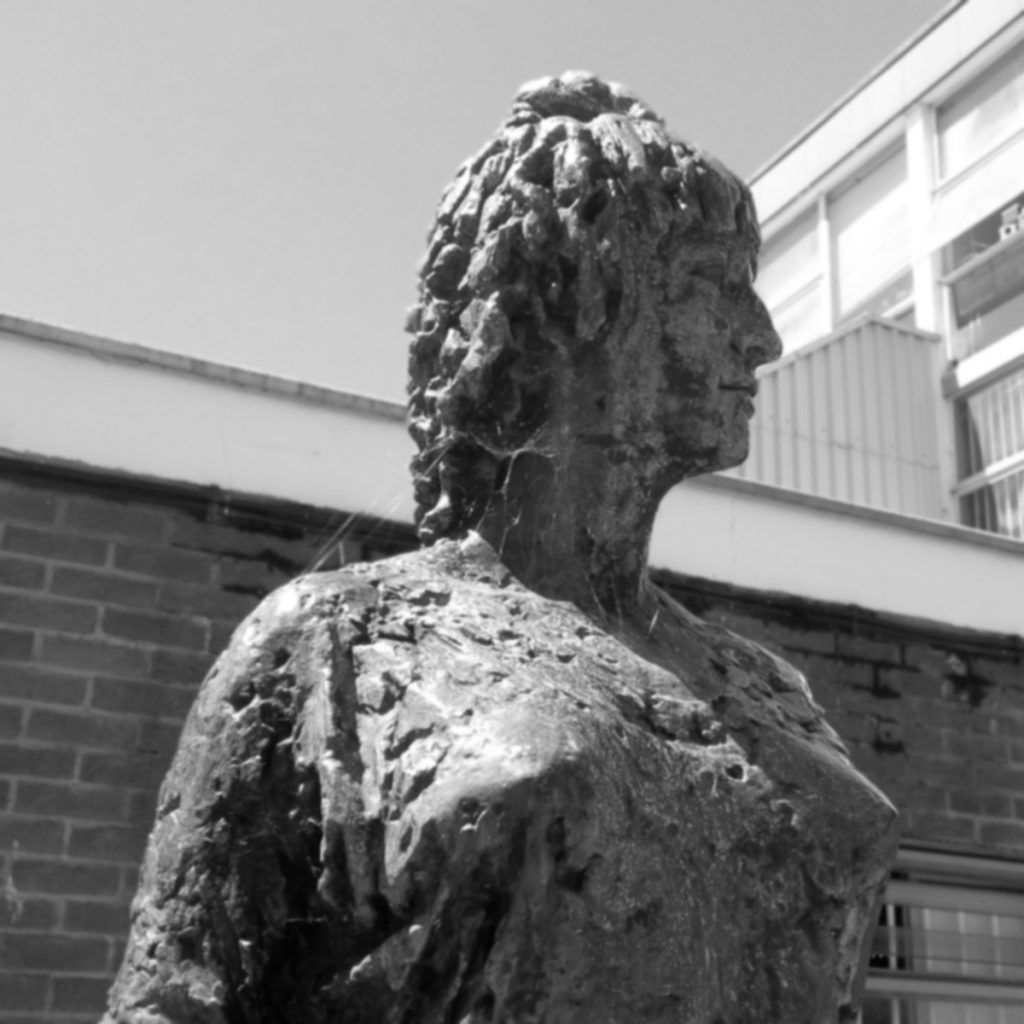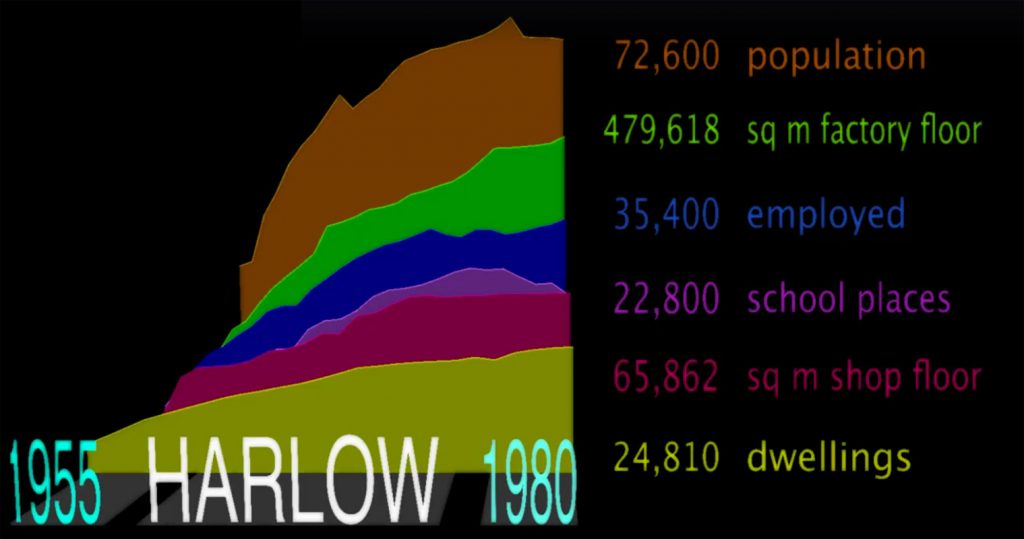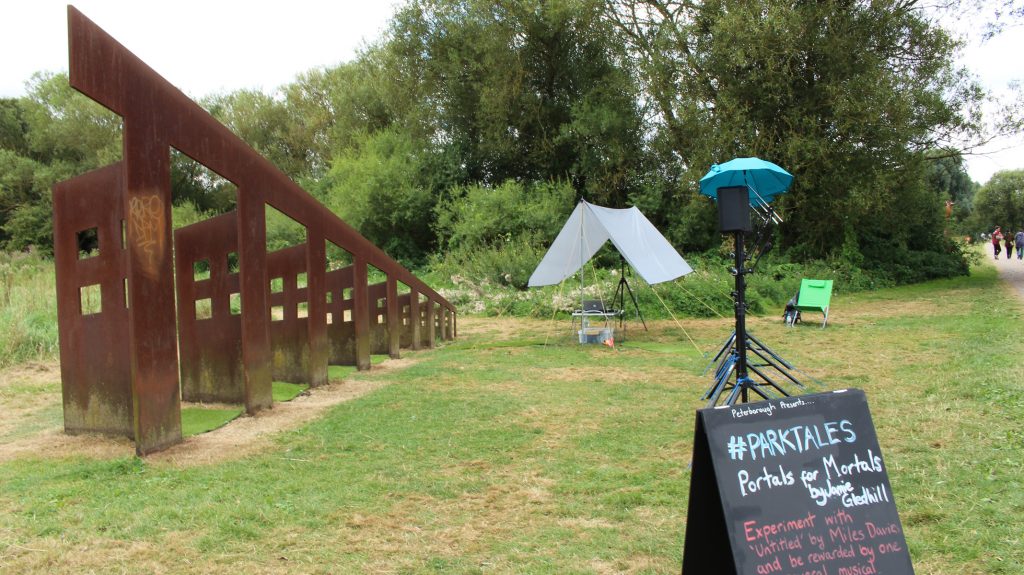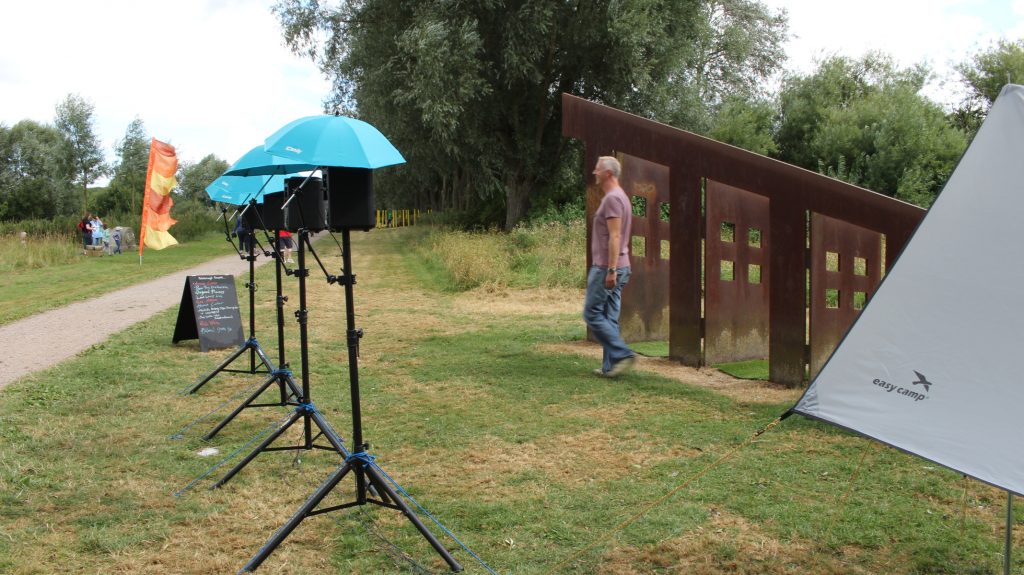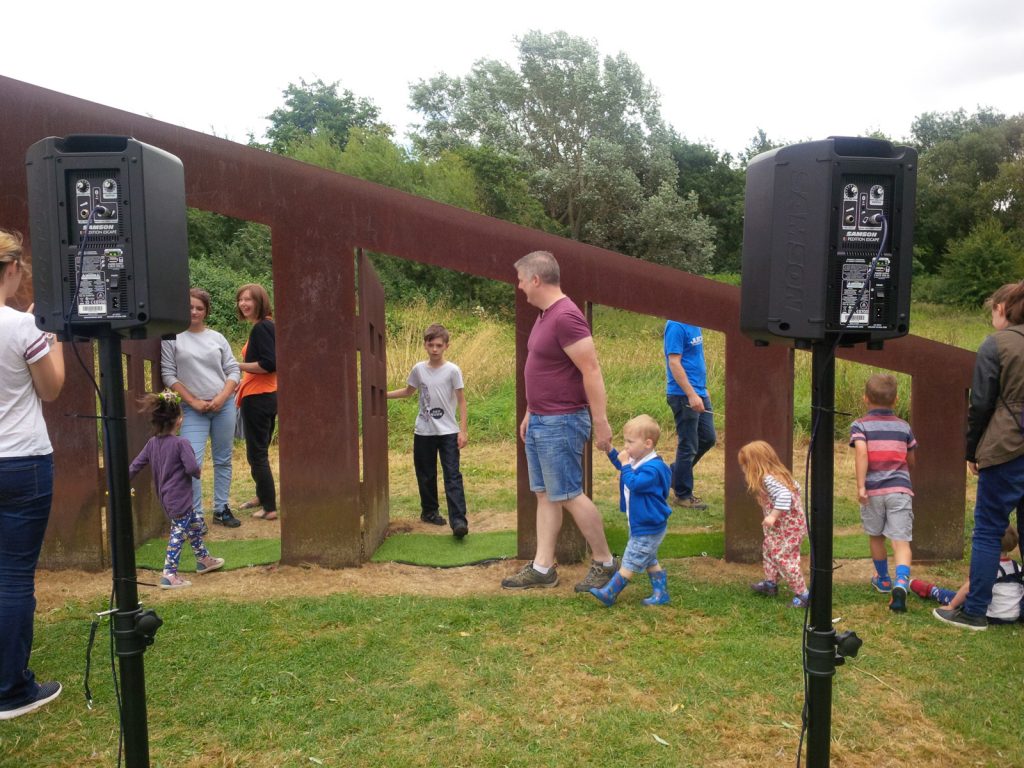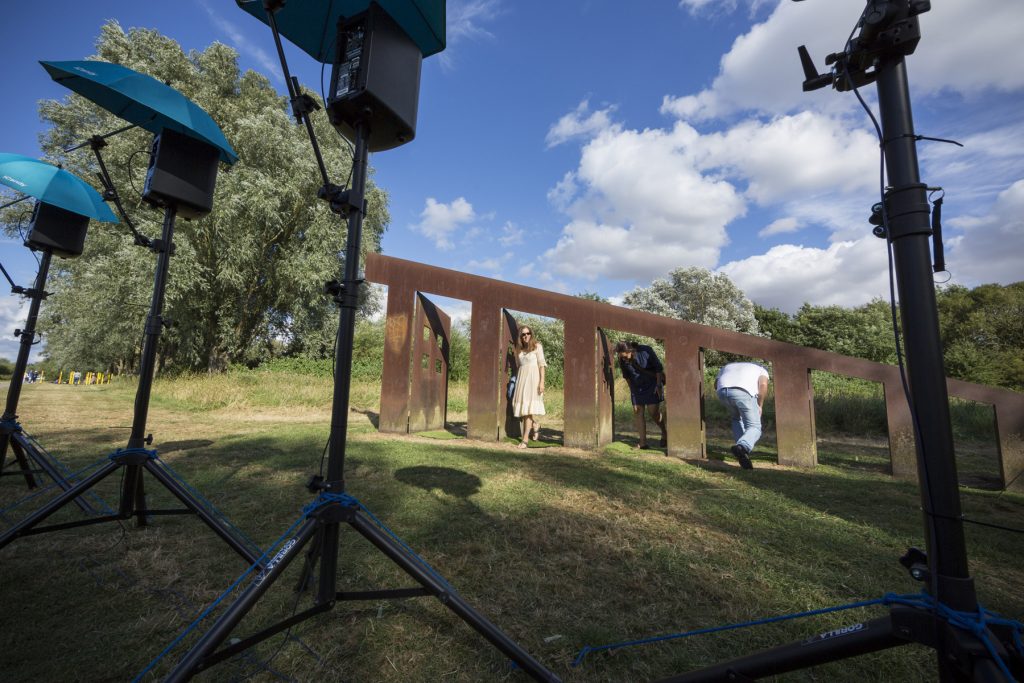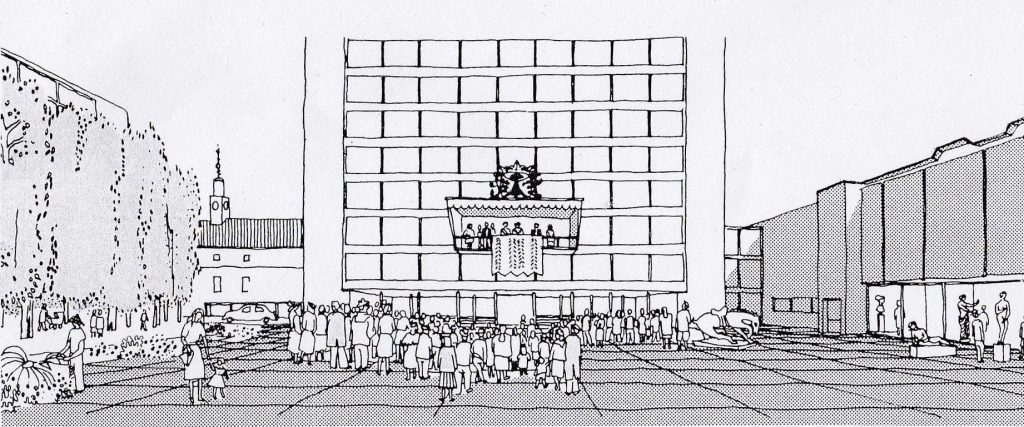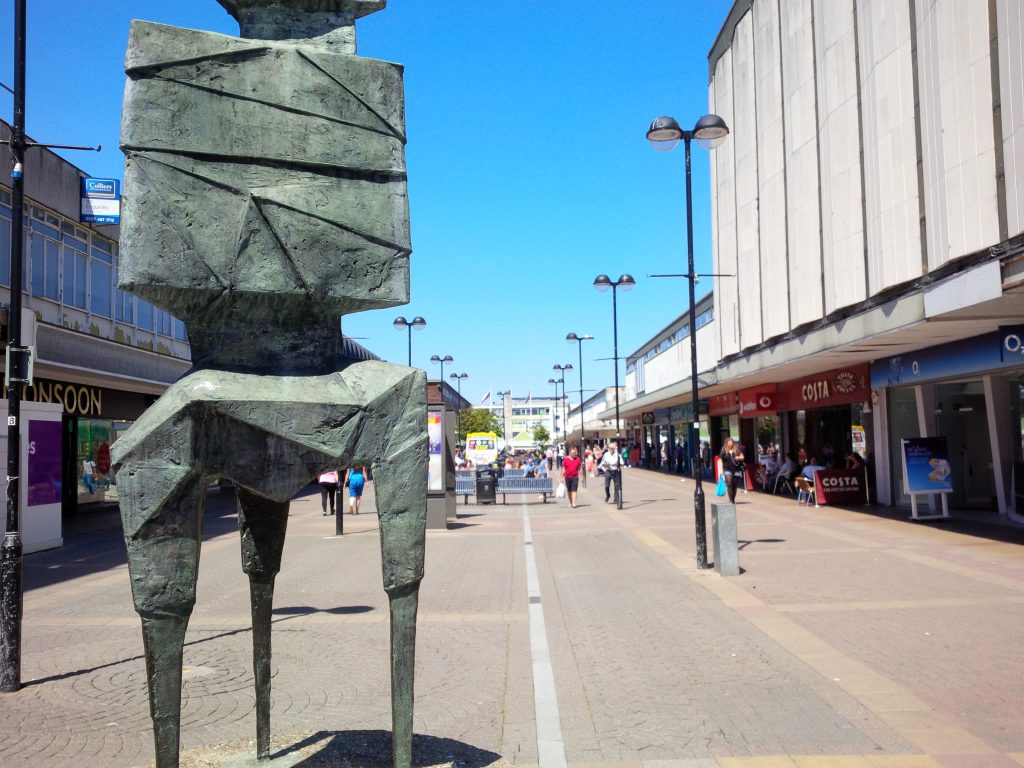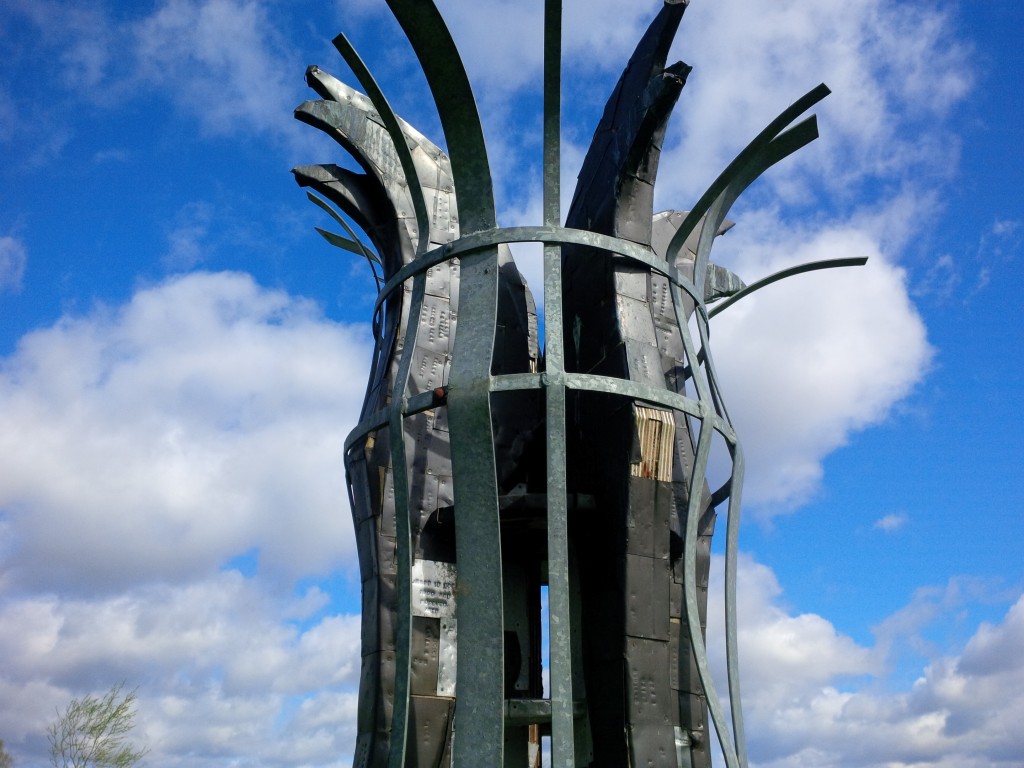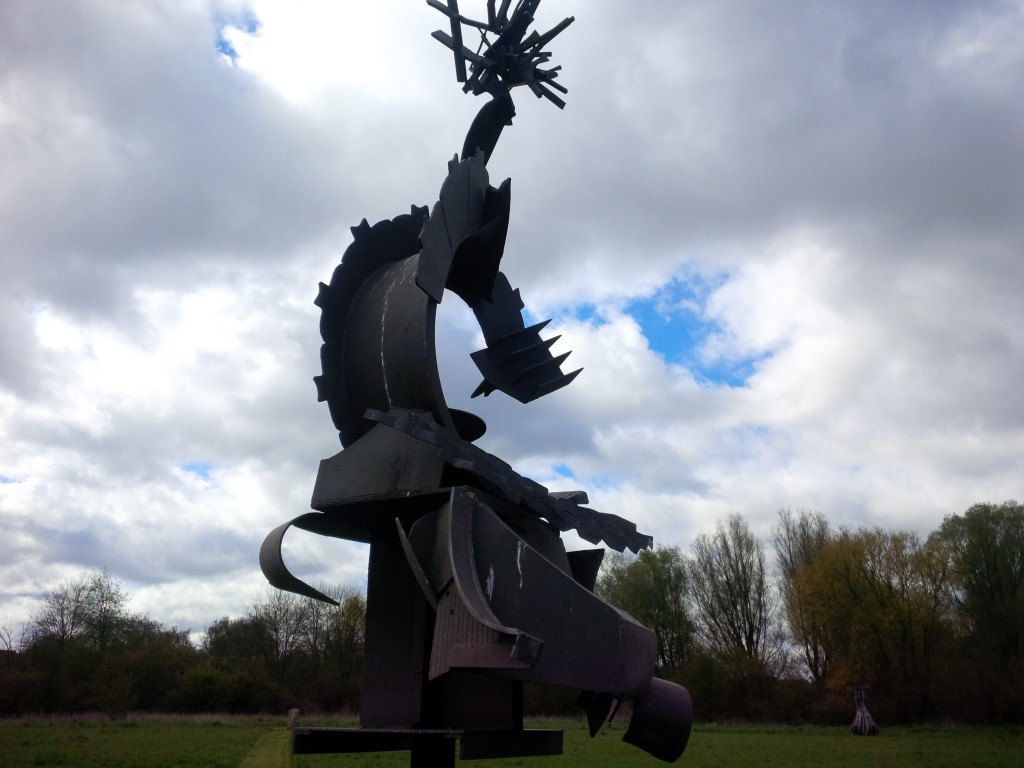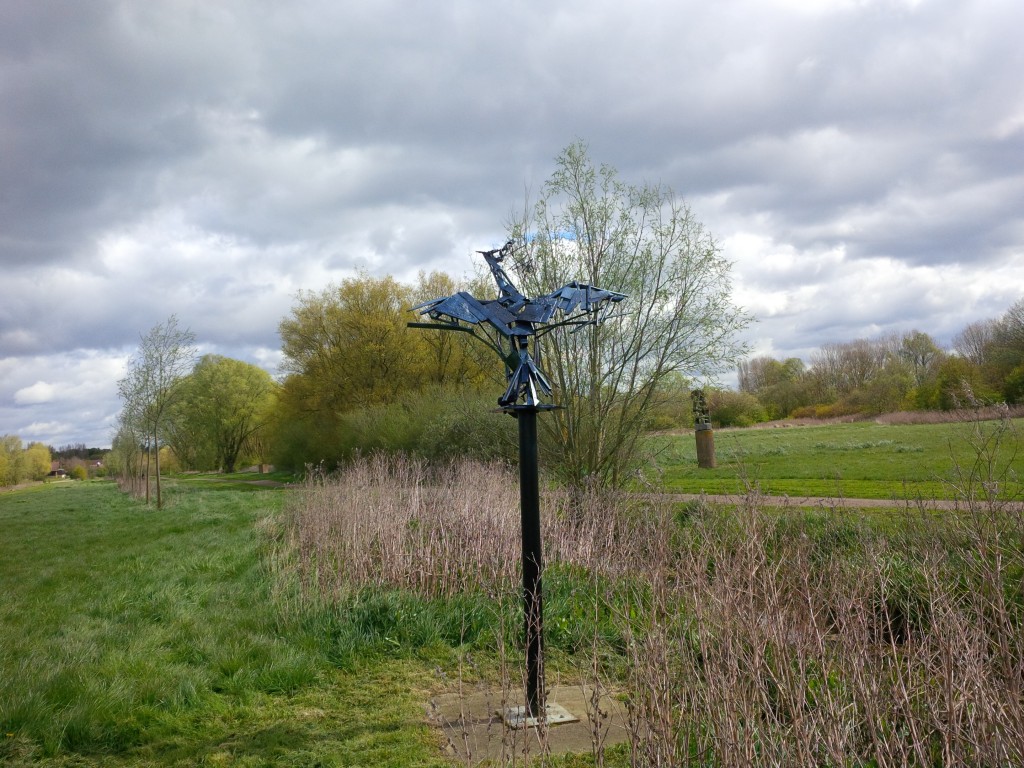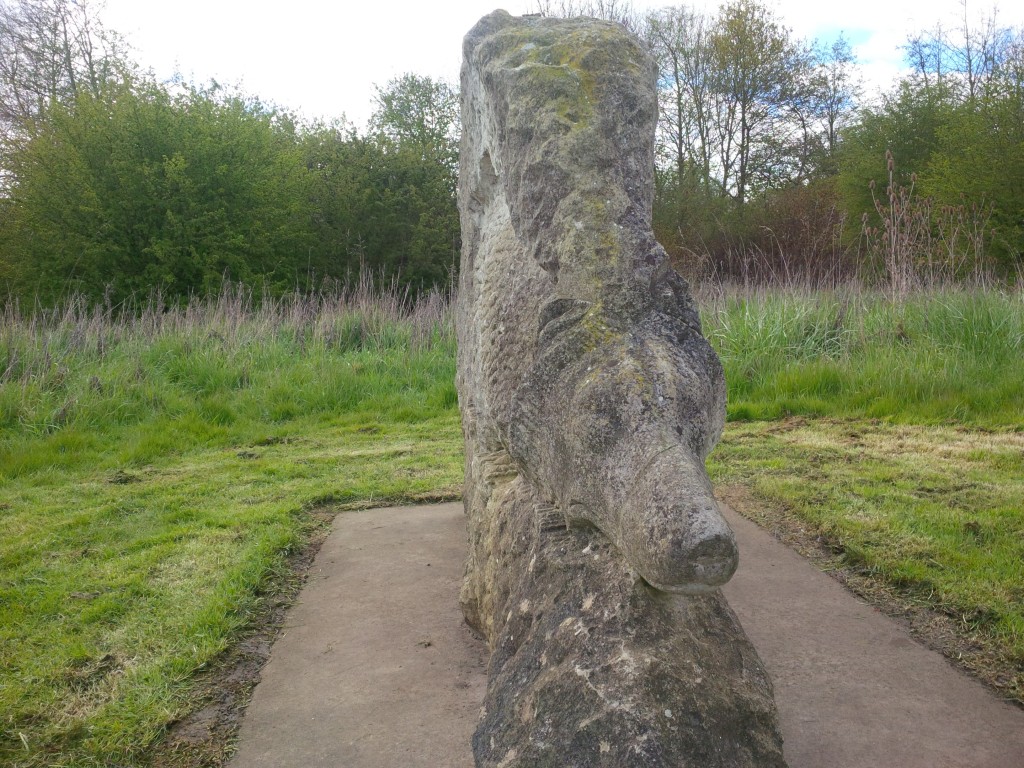As part of the recent Young Art Kommunity (YAK) takeover of contemporary art venue firstsite, Colchester, I installed the work previously known as ‘play table’ at the BYOB (bring your own beamer) event hosted last Friday evening (the 29th of October). Rather than project from above onto a table, in sync with a Kinect camera used to track movement, I chose to present an iPad as the means of interaction, using ‘blob tracking’ sent over a network via UDP. Participants touched and swiped the iPad while looking at the results on screen. Many participants, not all young, got carried away with the interaction and nearly broke the iPad mount!
This approach made the set-up much quicker, allowing me to rig in just about an hour. It also fundamentally changed the mechanics of interaction, allowing one person or possibly two people comfortable with sharing an iPad, to interact more finely with the piece rather than several people more bluntly, as with the table approach. I’m still considering the implications but essentially I’m keen to push the project further in this direction with a view to mounting multiple iPads to allow several participants to play together simultaneously, as was possible with the previous version. Of course, not being projected onto a table rather invalidates the project name ‘play table’ so I have coined the new name ‘Ricochet’ which reflects the dynamic of the piece more accurately in any case. Watch this space!
